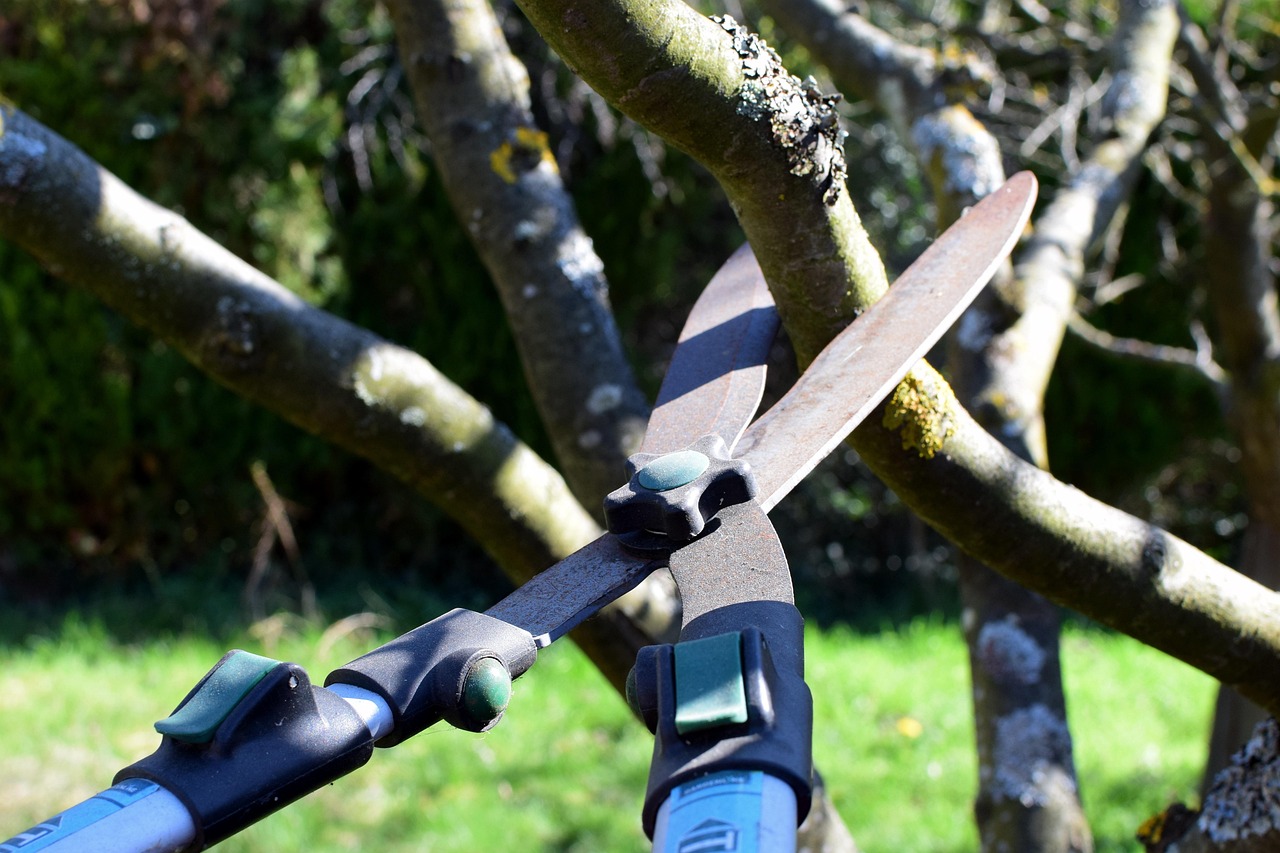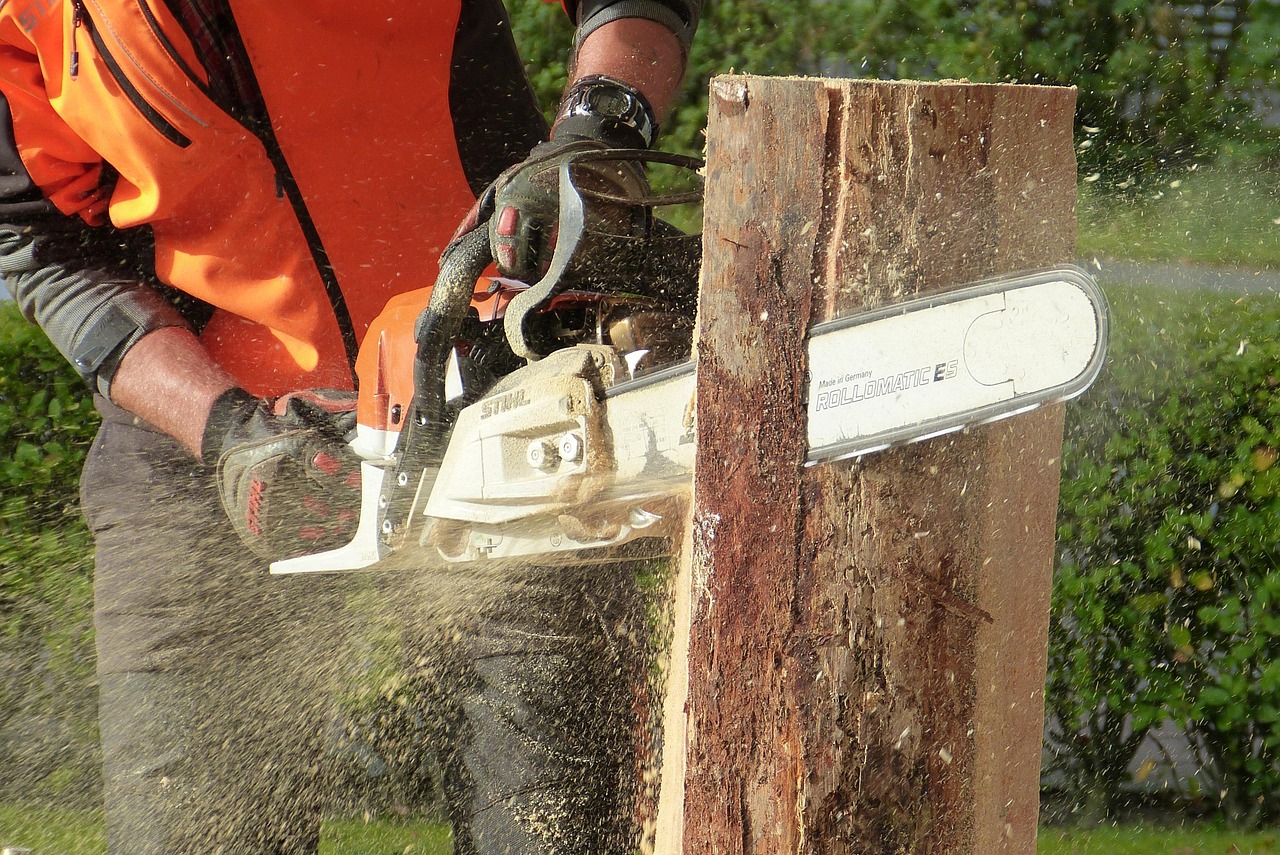Tree pruning around utility lines is crucial for safety, preventing outages, and maintaining healthy trees. Proper techniques, professional assistance, and understanding regulations ensure safe, effective trimming. This guide highlights vital tips to help homeowners and arborists keep urban trees safe, healthy, and compliant with local standards.
Utility lines are like the lifelines of our communities, delivering electricity, internet, and other crucial services. But when trees grow unchecked nearby, I’ve seen how this balance can quickly turn risky. I always advise caution: branches touching power lines can cause electrical arcing—very dangerous—not to mention the potential for fires if sparks jump from line to branch. When I first started gardening, I didn’t realize how much a simple pruning job could prevent major hazards, and I learned the hard way to respect those clearances.

I always make it a point to understand the importance of tree pruning. When I first took up yard work, I underestimated how much proper pruning can do—not just safety-wise but for the trees’ health and appearance. From my experience, the benefits are clear: healthier structure, fewer outages, better airflow, more sunlight filtering through, and trees that look tidy and attractive. When I plant a new tree now, I always check the recommended clearance distances from utility lines—maps and guidelines can be confusing, but I’ve learned it’s better to be cautious early on to avoid costly trimming later.

From my experience, I’ve found that different trees need different clearances. For example, maples seem to stretch just a bit more than pines, so I always keep that 10-foot rule in mind. Oak trees? I give them at least 15 feet—better safe than sorry. During pruning, I learned that cutting back too much can weaken the tree, so I always aim for a light touch—healthy, balanced cuts are the way to go. Good pruning enhances both safety and the tree’s natural beauty, which I think really boosts curb appeal and property value.
My Favorite Tips for Pruning Near Utility Lines
After many trials (and a few mishaps), I’ve picked up some tips I always stick to. First, I always hire certified arborists or professionals who specialize in line clearance. I’ve tried tackling it myself, but honestly, the risk isn’t worth it. I learned that evaluating the tree health beforehand is essential—sometimes a sick or dying branch needs removal, but you don’t want to over-prune or damage the overall structure. When I use the right tools—sharp pruners or a small pruning saw—I avoid unnecessary harm. I’ve also learned to avoid excessive pruning; I once tried to “tidy up” a tree myself and ended up doing more harm than good.
Timing is everything. I always prune in late winter or early spring—this is when the tree is dormant, and pruning has less stress on it, promoting stronger growth when spring arrives. I’ve found that trying to prune during summer can sometimes weaken the tree just when it needs to conserve energy, so I avoid that now.
Pro-Tips
When I first started pruning trees near utility lines, I thought I could handle it myself to save money. I quickly learned that without proper training and equipment, I was taking unnecessary risks. Now, I always hire certified arborists or professionals who specialize in line clearance because their expertise and safety measures are worth every penny.
In my early attempts, I didn’t pay enough attention to evaluating the health of the branches before cutting. I learned that removing dead or dying branches is essential, but over-pruning healthy growth can weaken the tree. I now take time to assess the tree’s overall health and use sharp, appropriate tools to make clean cuts, which helps prevent damage and disease.
Timing is everything. I used to try pruning during the summer, thinking it was convenient, but I found that late winter or early spring is better because the tree is dormant. This reduces stress on the tree and encourages healthy growth in the spring. I avoid pruning during hot or dry periods to prevent further stress.
Safety gear is a must. I always wear gloves, goggles, and a helmet, especially when working on taller branches. When working close to power lines, I keep a safe distance at all times — I’ve seen sparks fly when branches contact lines. If a tree is already touching wires, I never attempt to fix it myself; I call professionals instead.
Finally, I make a point to understand local regulations before pruning. In the beginning, I ignored guidelines, which almost caused me trouble. Now, I check specific distance requirements and obtain any permits if needed. Following these rules not only keeps me safe but also keeps me compliant with local laws.
Safety First: My Personal Safety Guidelines When Pruning
Nothing is more important to me than safety. I usually wear protective gear—gloves, goggles, and a helmet—every single time. If I’m working on taller branches, I always use equipment designed for working at heights. Maintaining a safe distance from overhead power lines is my non-negotiable; I remember a scare where a branch touched a line, and sparks flew—since then, I never take chances. I’ve learned that if a tree is already in contact with the lines, I should call professionals—I never attempt dangerous work myself. When in doubt, always consult with experienced arborists—they have the right tools and safety measures in place.

Remember to Know the Regulations
When I started learning about local laws, I realized how strict some regulations are. Utility companies often set specific guidelines—like keeping a 10-foot clearance from power lines—that I always respect. Understanding local regulations before pruning is crucial; I learned that directly cutting or trimming trees beyond those standards can lead to fines or other issues. It’s worth taking the time to look up your municipal or utility guidelines to do everything by the book.
Picking the Right Trees for Utility Areas
When planting new trees, I always choose species with manageable growth habits. I love Japanese tree lilacs and serviceberries—they’re beautiful and stay within safe heights if planted correctly. I learned that considering root systems is also essential, as some trees might disrupt underground utilities or sidewalks if they grow too vigorously. Being mindful of the future keeps me from headaches and extra pruning down the road.
Why Professional Help Is Often Best
While I believe anyone can learn basic pruning, I always recommend calling in professionals for tricky jobs—especially near utility lines. Certified arborists understand tree biology, safety protocols, and industry standards much better than most amateurs. I’ve seen how hiring experts can prevent accidents, save time, and ensure the job is done right. Plus, reputable companies carry liability insurance, giving me peace of mind. When I’ve hired professionals, I always ask for references and certifications—making sure I’m choosing someone trustworthy.
The Power of Community and Education
Getting involved in local workshops or community tree programs has been a game-changer for me. I’ve learned so much from neighborhood classes and volunteer days—plus, it’s rewarding to contribute to safer, healthier urban trees. Educating neighbors and sharing tips creates a safer environment for everyone. I always encourage others to participate and learn, because knowledge saves lives and trees alike.
Technology That Makes Tree Care Easier
In recent years, I’ve started using some cool tools—like drone inspections and tree health apps—that make assessing my trees easier and safer. Drones help identify issues from above without risking a fall, and smart sensors can monitor tree stress or disease early on. These innovations have helped me catch problems before they get serious, saving money and keeping my trees healthy. I always stay updated on new tech to make my tree maintenance more efficient and safe.
Environmental and Community Benefits
Maintaining healthy trees benefits everyone. I’ve seen how pruned, healthy trees improve air quality, provide habitats for birds and insects, and even cool down neighborhoods—especially during summer. Proper pruning supports biodiversity and reduces risks from diseases or pests that can threaten both trees and wildlife. I’ve learned that caring for trees isn’t just about safety—it’s about sustaining our environment and community spirit.
Final Thoughts From My Experience
Over the years, I’ve come to appreciate that tree pruning around utility lines is a vital part of responsible urban living. It’s about balancing safety, health, and environmental stewardship. By respecting local regulations, knowing proper techniques, and seeking professional help when needed, I believe every homeowner can contribute to safer, greener communities. Every well-pruned tree is a step toward a safer, more beautiful neighborhood where both people and wildlife thrive. And honestly, nothing beats the satisfaction of seeing a healthy tree standing tall, safe, and proud in my yard, knowing I’ve played a part in keeping it that way.
